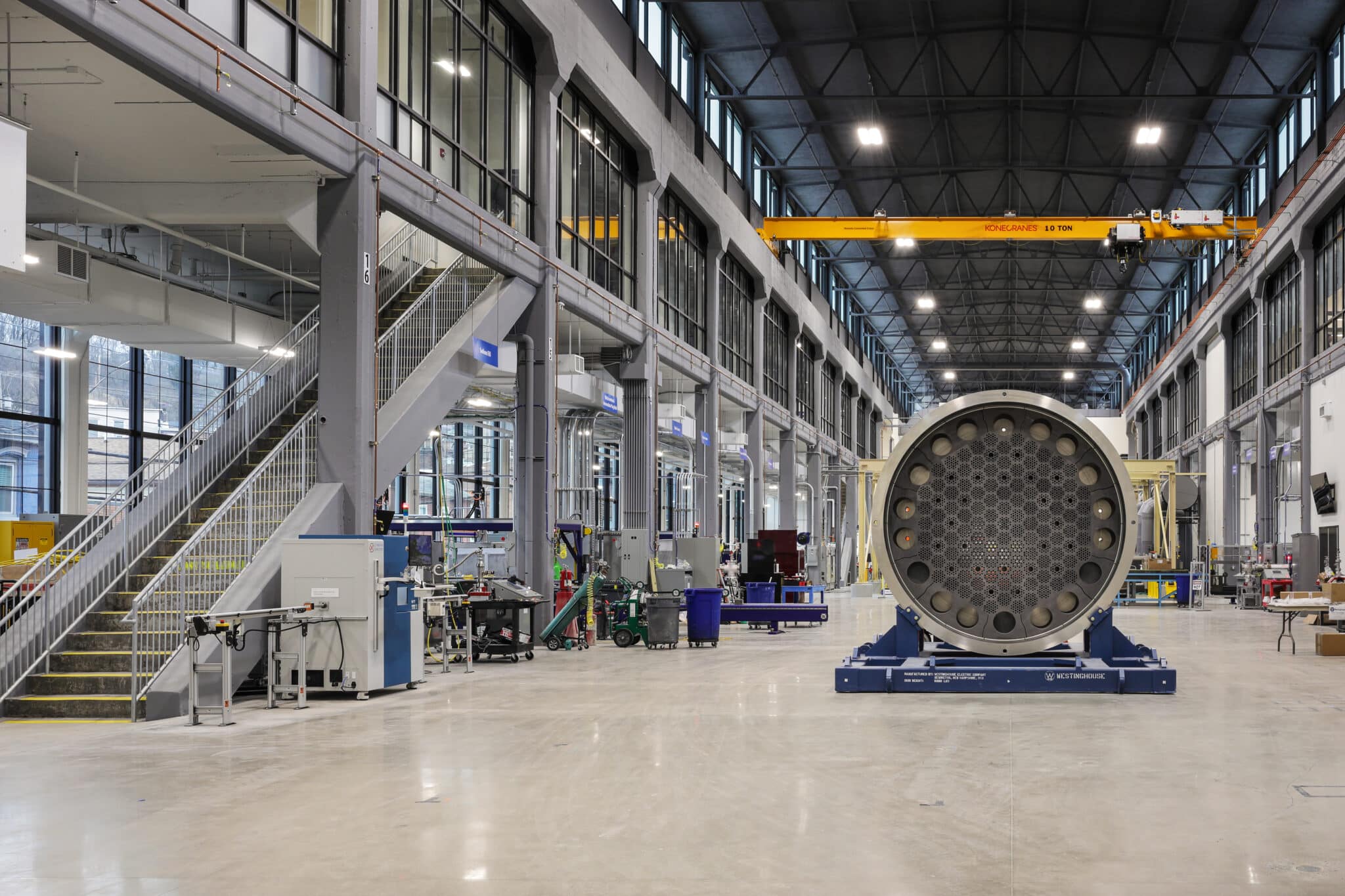For years, personal devices have brought people closer together, allowing individuals to communicate with each other thousands of miles away, over oceans and continents. Families, friends, businesses, and governments all rely on a system of towers and circuits to send and receive information. In a nation where innovation drives technological advancement, many are left wondering “What’s next?” One answer to that question is 5G. Many people have become familiar with the small letters appearing at the top of their screen displaying LTE. This signifies a 4G connection, the letters spelling out long-term evolution. In areas where there is not as strong of a connection with a cell phone and the towers or satellites, it’s possible to have 3G connection or even 1X, an indication that very minimal transmission is occurring. Some people pay little attention to the meaning behind these connection names, but the meaning is fairly simple. The number signifies the version number, and the G stands for generation. Today, the fourth generation of wireless network is spread widely across the United States. The most recent cellular devices are being outfitted with the capability of expanding to the fifth-generation wireless network.
In terms of cell phones and device services, the idea is to have high data transfer speeds for downloading and uploading, lower layover times from instruction until transfer occurs, greater reliability, and larger quantities of users able to achieve the same experiences using the service. Fourth generation networks have average download speeds between five and twelve megabits per second and upload speeds between two and five megabits per second. With fifth generation technology, download and upload speeds could reach twenty gigabits per second and ten gigabits per second respectively. For anyone who is not familiar with these conversions, one gigabit is one thousand megabits. In terms of latency, fifth generation networks are expected to be up to fifty times faster than fourth generation networks. Latency is measured in milliseconds and represents how long signals take to reach their destination. Fourth generation speeds are around fifty milliseconds, and fifth generation speeds are expected to drop as low as one millisecond. For some comparison, it takes four hundred milliseconds for the average baseball to travel from the pitcher to the catcher’s mitt, three hundred milliseconds for eyes to blink, five milliseconds for a honey bee to flap its wings, and the length of time for a photo flash or strobe is one millisecond. While the numbers already seem too small to matter, new technologies such as autonomous vehicles, remote controls, and even medical equipment will rely on extremely fast signals for the safest and most beneficial outcomes. In an effort to reach more Americans, new, fifth generation towers will have to be installed across the country in conjunction with modifying the existing cell towers. The phrase “nation-wide coverage” is used frequently in advertisements by network providers, and fifth generation has not been any different. Just like the rolling out of fourth generation networks, fifth generation will be phased into cities and large urban areas before expansions to more rural areas begins.
Of course, fifth generation wireless network is not yet provided by every service nor is every working phone 5G capable, so no real averages can be compared at this time. In the meantime, there are arguments to be made about the pros and cons of the next generation network. Consider this: fifth generation networks are going to have increased speeds of data transfer. Higher network speeds are accompanied by larger bandwidths, or frequencies on which fifth generation can operate. Because of this, fifth generation networks will consume more of the space available on the radio spectrum that is already crowded with third and fourth generation networks. The only way to combat this is to build more cell towers that are closer together. In this case, faster data transfers would happen over smaller areas. To build more towers, companies would need to purchase the land on which to build the towers, hire workers to construct towers, and perform testing on the newly built towers. At the same time, older towers would need to be updated, requiring companies to hire additional employees. Part of the cost for these projects will be covered by the customers who are purchasing new devices that are fifth generation capable. Expansion of the networks out of urban areas will take time, ensuring jobs for hired tower installers. In the same way, payment plans are offered to customers allowing them to use new devices while they are being paid for, easing the financial burden while providing revenues to the providers to keep the cycle going.
The first and second benefits in this scenario are customers being provided with faster wireless service which allows them to download and upload faster than the old network while also providing a greater bandwidth.
The first con of the new network piggybacks off the expanded frequencies occupied by 5G. Because the fifth generation technology has a larger bandwidth, the fourth generation networks would become limited in the frequencies available to them; the third generation networks even more so. Radio waves are found between thirty hertz and three hundred gigahertz. Cellular networks cannot occupy the entire range of radio, so each provider is limited to a specific “band” of radio frequencies meaning companies will have to wait until higher frequencies are made available. The second con results from having higher, busier frequencies. The new, higher frequencies cannot traverse the same distance as the low frequencies, so more towers will need to be built on top of renovating existing towers already in use. In very densely populated areas with many structures, towers might be as close as five hundred meters from one another. Some consider the towers unsightly and might have problems with the large roll out of the new network.
Furthermore, research in the area of electromagnetic radiation has been investigating the effects cellular devices have on the human body. Many consider the word “radiation” to be associated with poisonous and harmful outcomes. In reality, electromagnetic radiation is a spectrum of wavelengths produced by the sun, where elements are burned, and any other sources where atoms absorb energy. Visible light is among the radiation given off, along with other common waves infrared, microwaves, and ultraviolet. Even heat given off by human bodies is radiation. The fifth generation network will incorporate higher frequency radio waves known as millimeter waves. Millimeter waves are named pretty literally, as they range from one to ten millimeters in the wave period. Experts already know that radio waves do not give off enough energy to cause cancer from damaging DNA at current exposure limits. That would require ionizing energy given off by higher levels of radiation like x-rays or gamma rays or extended periods of exposure to direct radio waves. Animals were used in these tests, and the periods of exposure during the tests were longer than the typical length of time humans use their cell phones. Most of the conspiracies about “harmful 5G” are unfounded, and government agencies like the Environmental Protection Agency, National Toxicology Program, and Food and Drug Administration all believe there is no evidence that radio exposure is cancer causing. The World Health Organization listed the radiation as “possible cancer causing,” but there are no confirmations.
To build and install new cell towers, the potential for job growth is within reach. In addition to installation jobs, economic reports estimate that by the time fifth generation network is fully realized, the total worth of goods and services that could be newly enabled could reach thirteen trillion dollars. The new network may even be used in supporting up to twenty-two million jobs.
The aforementioned autonomous vehicles are just one example of a rising industry that will rely on the fifth generation wireless network. Autonomous vehicles, more commonly known as smart or self-driving cars, operate using numerous sensors to record a map of their surroundings. A common sensor used is light detection and ranging, or lidar, which bounces pulses of light off the objects surrounding the vehicle. The signals received create a three-dimensional picture of the car’s environment including distances, other vehicles, road edges, and road obstructions. The vehicle’s artificial intelligence depends on the high bite-rate transfer of information and low latency communication available with the fifth generation network to map the signals of the lidar close to real time. A major problem when considering going completely autonomous was the concept of interfering signals and reports from multiple autonomous vehicles occupying the same areas at the same times. Third generation and fourth generation networks were not adept to handle high speed machine-to-machine transfers of data. Developers tackled this problem while developing the fifth generation network. As more locations become fifth generation capable, more car companies can pursue creating their own self-driving vehicles. The long term goal of this machine-to-machine communication became coordinating lane changes on highways and heavily traveled roads. When more driving becomes autonomous, traffic could be reduced as computers handle high density merges, saving people time spent sitting in traffic caused by accidents or reckless driving and reducing the consumption of fuel. Although not everyone travels on highways or interstates often, there would be day-to-day uses for the autonomous vehicles as well. Cars would be able to park themselves on streets and in parking lots, arrive at locations to pick up passengers, as well as deliver meals, groceries, packages, and mail.
Another example of fifth generation enabled technology belongs to the field of medicine. A variety of machines and systems operate under the “Internet of Medical Things” such as medical devices, remote sensors, and patches. They have the capability of monitoring vital signs, physical activity, safety of patients, and medication uses during the course of treatment at home or in the hospital. Outside of remote patient monitoring, doctors and medical staff will be able to access patient data faster. If files are sent from one hospital to another, the wait time will be decreased, and the new staff can get to work sooner preparing for the incoming patient. This is important especially for trauma cases where seconds decide the outcome of procedures. Furthermore, with the addition of fifth generation speeds, low latency, and bandwidth, doctors could practice procedures in a virtual reality setting. Unlike older technologies, the experiences could come in real time, giving those practicing a feel of how extensive each procedure might be. A step beyond practicing virtual surgeries, machines and robots operating on a fifth generation network in a hospital can assist doctors in real surgeries. This all comes from the responsiveness available with low latency. Furthermore, telesurgeries using robots could become standard practice, with in-depth data being recorded throughout procedures allowing doctors world-wide to learn, adapt, and improve their skills to apply in future surgeries. The recordings and data could feed back to the virtual training to represent actual surgeries equipped with reactions and challenges faced with individual patients.
Moreover, manufacturing industries will benefit from the new wireless network. Similarly to how autonomous vehicles would be communicating with one another, various machines in a factory or distribution center could communicate in order to adjust their production and outputs remotely and in a synchronized manner. Instead of one machine functioning while another is down, creating a potential backup, the machines would have internal communications which would save time and money as no further malfunctions and damages would occur. Fifth generation technology would also allow for data collection and logistical analysis to occur and update both quickly and efficiently. The high speeds would create more simulated processes to be run to help companies find optimum output levels and distribution methods.
Overall, there is a large array of possibilities that will soon be available as the fifth generation wireless network continues to grow. The success or failure of the technology is still to be determined. For now, there are only estimates and expectations.
Written By: Barret Huntzinger, West Virginia University, 2020 RPA Summer Intern



